Digital Transformation That’s Strategic, Scalable, and Human-Centric
We drive digital transformation with an architecture-first approach—delivering intelligent platforms, GenAI-led automation, modern customer experiences, and cloud-enabled operating models.
We bring the deep subject matter expertise, speed, and scale to turn your digital strategy into a lasting impact.
Our Digital Transformation services are designed to future-proof your organisation—aligning technology, people, and process with strategic ambition.
We help clients assess digital maturity, craft bold digital strategies, and redesign operating models to be agile, data-driven, and AI-enabled.
.png)
.webp)
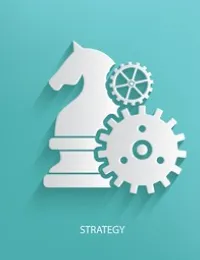
.webp)
.webp)
.webp)
.webp)
.webp)
.webp)
.webp)
.webp)

.webp)
- Enterprise data platforms and pipelines
- Model governance and MLOps/AIOps
- Architectures that are fast, flexible, and future-ready, unlocking enterprise data value at speed
.webp)
.webp)
- Organisational maturity
- Business priorities
- Risk appetite
This phased planning approach ensures sustainable transformation and measurable value.
.webp)
- Architecture review boards
- Compliance and exception handling processes
This ensures architectural integrity and alignment with enterprise policies
.webp)
.webp)
We also define standards and best practices for repository governance. Alternatively, all of the above can be delivered through our Enterprise Architecture-as-a-Service (EAaaS) model.
.webp)
.webp)
.webp)
.webp)
.webp)

.webp)
.webp)
.webp)
.webp)
.webp)
.webp)
.webp)
.webp)
.webp)
.webp)
.webp)
.webp)
.webp)

.webp)
.webp)
.webp)
.webp)
.webp)
.webp)
Our Strategy Methodology
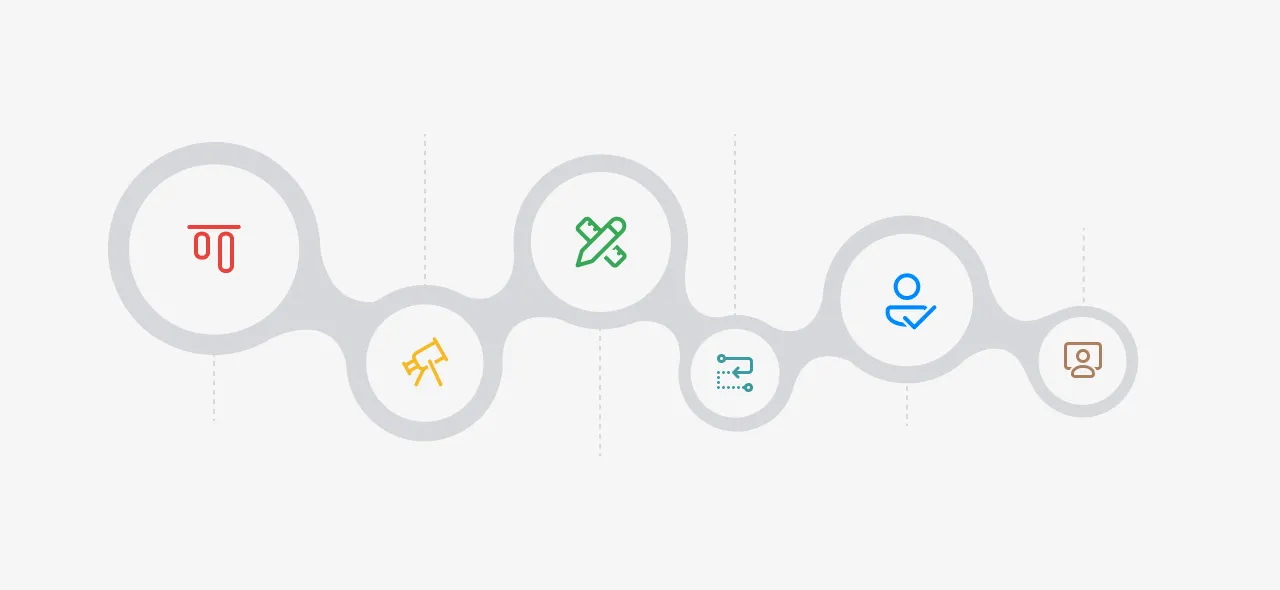

Artefacts: Charter, stakeholder map, engagement plan
.webp)
Artefacts: SWOT/PESTLE, maturity assessments, value chain
.webp)
Artifacts: Strategy blueprint, capability maps, strategic themes
.webp)
Artifacts: Roadmap, investment cases, prioritisation matrix.
.webp)
Artifacts: TOM, governance model, change plans, KPIs
.webp)
Artifacts: Benefits tracker, performance dashboard
Our Enterprise Architecture Methodology






.svg)


(Principles & Objectives)
(Capability Mapping)
(Capability Models & Roadmap)
(Solution & Tech Stack)
(Tech Specs & Configs)

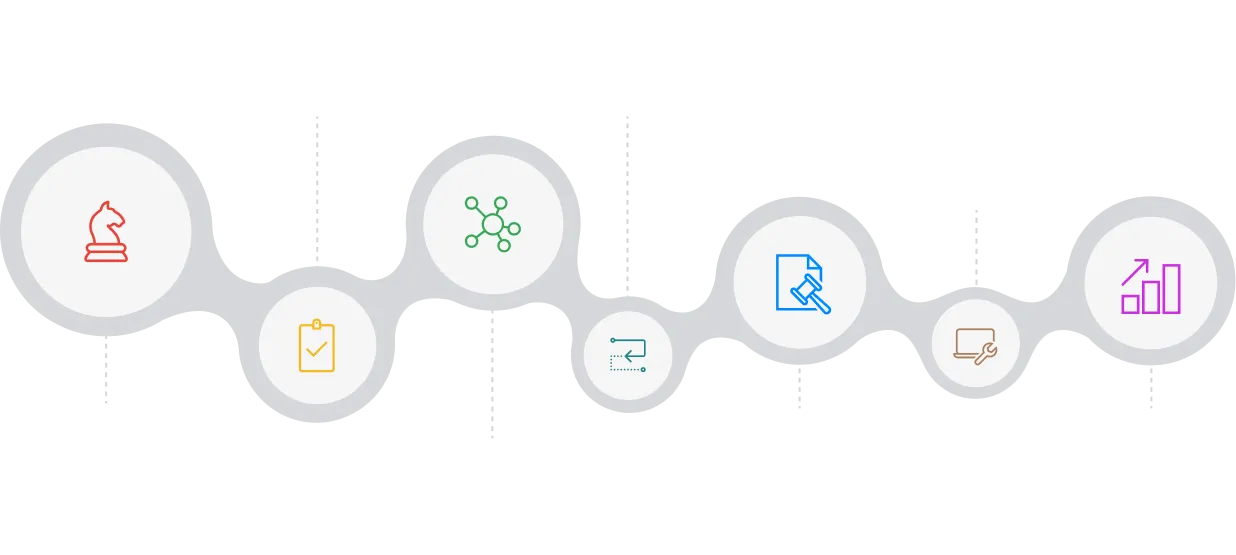
.webp)
Artefacts: EA charter, scope, alignment plan
.webp)
Artefacts: Capability maps, landscape diagrams, risk register
.webp)
Artifacts: Target models, reference patterns, capability plans
.webp)
Artifacts: EA roadmap, dependency map, transition states
.webp)
Artifacts: Governance model, design authority framework
.webp)
Artifacts: Solution design reviews, traceability models
.webp)
Artifacts: Benefits tracker, refreshed EA model
AI Services Lifecycle
ArchiTechs’ typical AI lifecycle incorporates the following distinct phases:







.webp)



.webp)









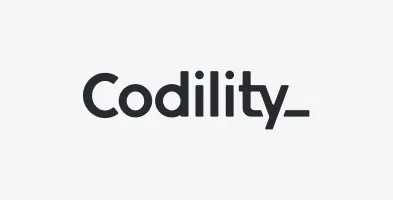


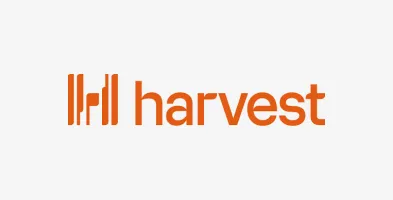

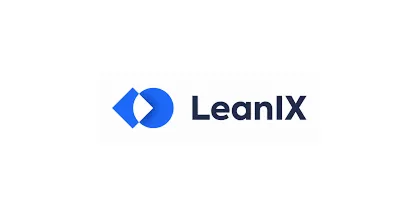
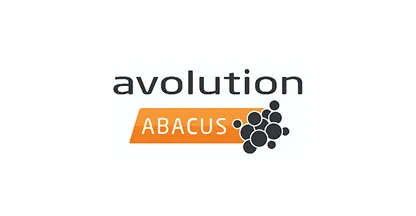

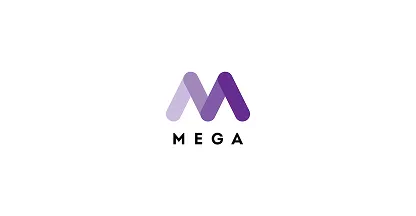

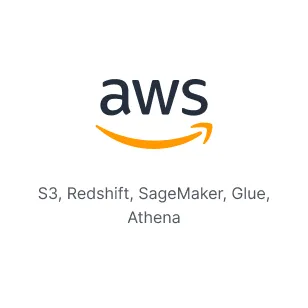
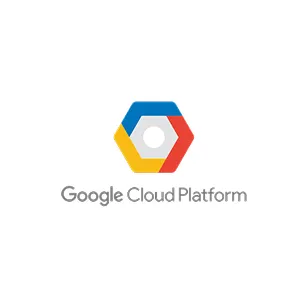
.webp)
.webp)
.webp)
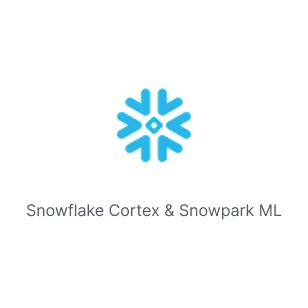



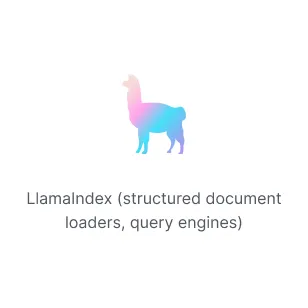
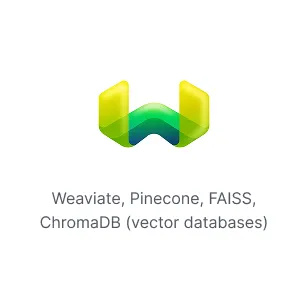

.webp)
.webp)
.webp)
.webp)

.webp)
.webp)
.webp)
.webp)

.webp)
.webp)
.webp)
.webp)
.webp)
.webp)
.webp)
.webp)
.webp)
.webp)